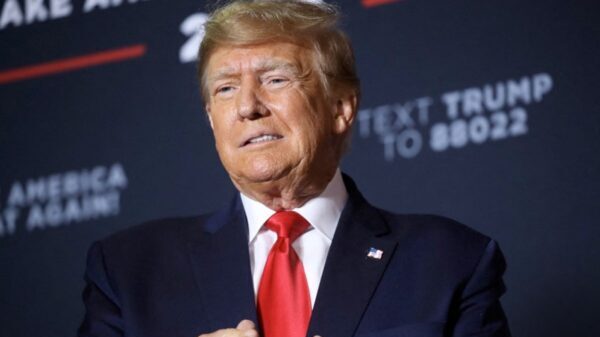Sixty million voters, casting twice as many votes for 47 parties, resulting in a parliament that would have anywhere from 700 to the maximum amount as 1,000 legislators – the German voting system is baffling even to Germans.
Here are its key features:
HOW IT WORKS?
Germany’s voting system was designed in reaction to the instability of the interwar Weimar Republic , where splinter parties and repeated elections contributed to the catastrophic rise of Adolf Hitler’s Nazis It aims to mix British and U.S.-style direct link between lawmakers and their constituencies with the proportional systems of most of Europe, where parties’ seat shares align with their vote shares.
Voters cast two votes: the primary for his or her representative in one among the 299 districts, the second for the party they need in parliament All elected district candidates take a seat in parliament. a minimum of 299 more seats are available to make sure that no matter what percentage district representatives a celebration has, the general balance in parliament reflects the distribution of second votes.
In practice, it takes quite 598 seats to realize that balance. At the instant , the Bundestag has 709 members, making it the world’s largest after China’s 3,000-member National People’s Congress.
Once, the social democrats (SPD) and therefore the conservative CDU/CSU bloc had a duopoly of district legislators, but with the emergence of a more diverse party spectrum, parliament has grown over past decades.
To limit fragmentation, parties need a minimum of 5% of the vote or to win three individual mandates to urge any seats in parliament in the least . That led to the pro-business FDP being turfed out of parliament in 2013, and therefore the hard-left Linke could suffer an equivalent fate this year.
THE ELEPHANTS’ DANCE
Within hours of polls closing on Sunday, the leaders of the parties that got into parliament are going to be interviewed together on television for the “Elephants’ Round”, a term coined to reflect the stature of the participants in their respective parties. The discussion will give the primary indication of what governing alliances Typically, the chancellor candidate of the party with the foremost seats begins talks with the leaders of the parties he or she wants to figure with. there’s no requirement that the most important party provide the Chancellor, however.
THE PRESIDENT’S TIME TO SHINE
Ordinarily, the president is confined to cutting ribbons and giving moralising speeches. But Frank-Walter Steinmeier comes into his own after the elections, especially if coalition talks are difficult.
In 2017, the Free Democrats pulled out of three-way talks with the conservatives and therefore the Greens after two months of talks. Steinmeier then stepped in, about ordering a reluctant SPD to intensify A “grand coalition” of the conservatives with the SPD took office in March 2018 after the longest government formation process in modern German history.







